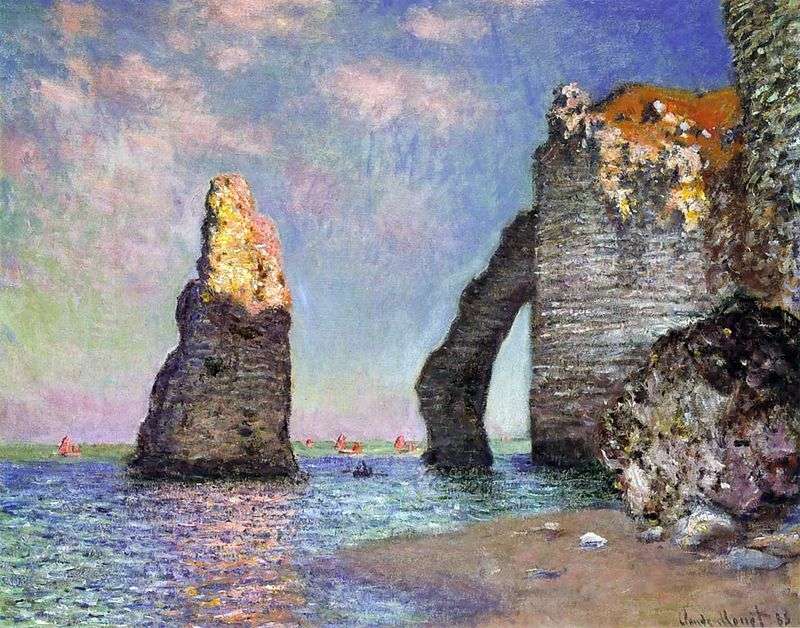
It is rightly considered that the “most beautiful cliffs of France” are located in the resort town of Etretat in Normandy. Back in 1847, his small hotels and guesthouses invited lovers of swimming in the ocean, and in the days of Monet Etretat were often visited by writers and painters, among whom were Delacroix, Isabe, Corot, Budin and Matisse. The famous French writer Guy de Maupassant in the novel “Life” described the place as such, later displayed by Monet: “At the horizon, the sky descended and merged with the ocean.
At the coast, a large shadow fell from the foot of a sheer rocky cliff, and its slopes… were sunlit. Behind them, the brown sails sailed away from the white Fekan mole, and in front of it a strangely shaped rock, rounded and hollowed through, resembled a huge elephant, which plunged its trunk into the sea. It was the “Small Gate” Etretat.
Claude Monet often came to work on the coast. In 1883, the artist settled in Giverny, making short trips to Brittany and Normandy. In the years 1883-1886, Monet visited the English Channel several times, where coastal cliffs break into the sea, and high rocks, destroyed by winds and surf, rise above the water like fantastic arcades. Pictured in the picture, the rocky cliff Aiguille and the stone gates of Port d’Aval, still in their youth, attracted the attention of Monet by the winning motive.
In 1883, his new passion for dramatic themes brought the master back to the rocky cliffs of Etretat, and so until 1885 he returned here every year. Working on the Eguy Rock and Port d’Aval, the artist was located at the foot of a crevasse in the cliff Vales d’Jamburg, west of Etretat. Here, at high tide in the light of a winter morning, he painted this picture. While working at Etretat, Monet met Guy de Maupassant, who recalled: “I often followed Claude Monet when he wandered in search of impressions. At those moments, he seemed not a painter, but a real hunter.
he always had 5-6 canvases with him that local children wore with pleasure… He in turn took one or another cloth depending on changing conditions. Sometimes the artist waited for a long time for suitable weather conditions. I saw how he caught his look with an iridescent stream of light on white rock, and then captured it with a gamut of yellow tones in his landscape. Another time he took a shower over the sea in his hands and threw it on the canvas – and in fact, it was a real rain, transferred to the canvas. “
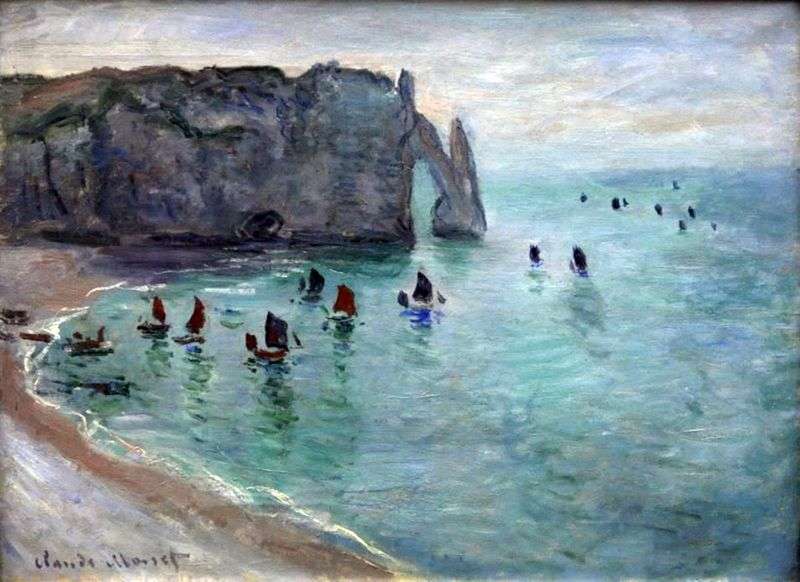 Etretat, Port D’Aval by Claude Monet
Etretat, Port D’Aval by Claude Monet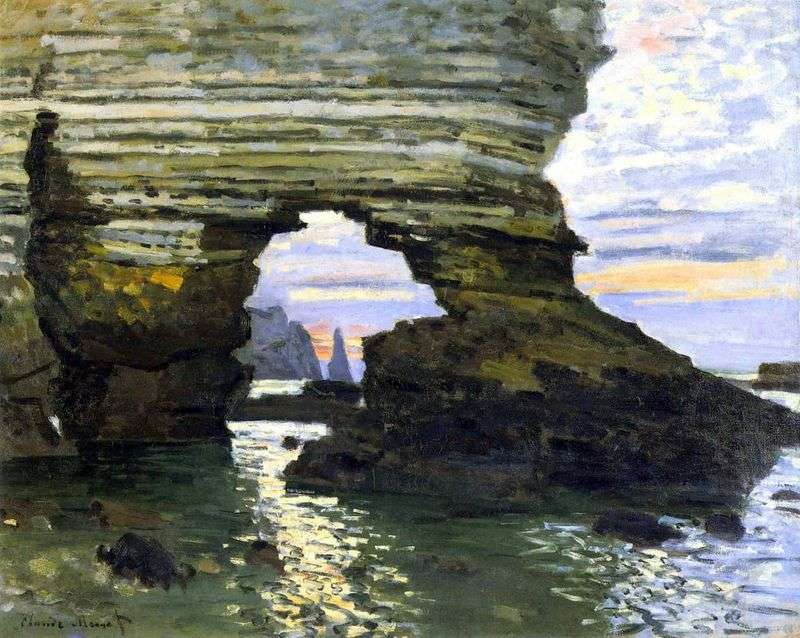 Port Aval, Etretat, stone gate by Claude Monet
Port Aval, Etretat, stone gate by Claude Monet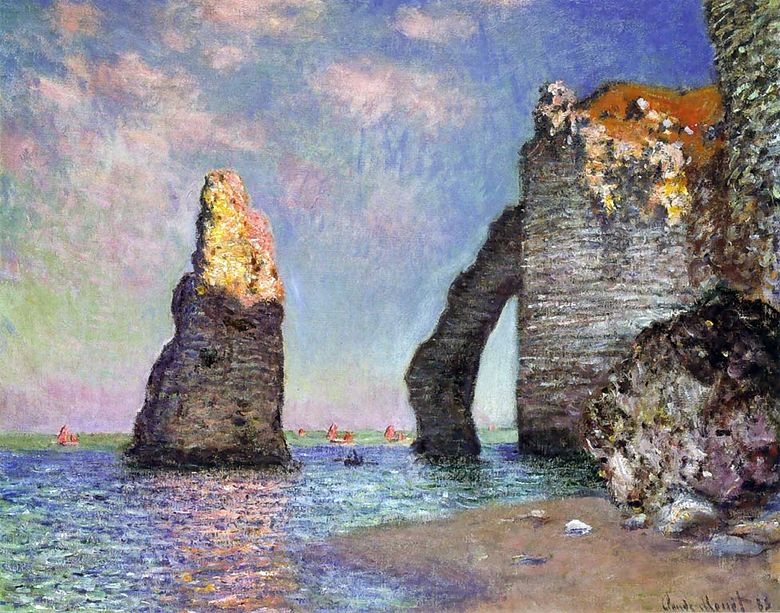 Rocher de l’Aiguille et Port d’Aval – Claude Monet
Rocher de l’Aiguille et Port d’Aval – Claude Monet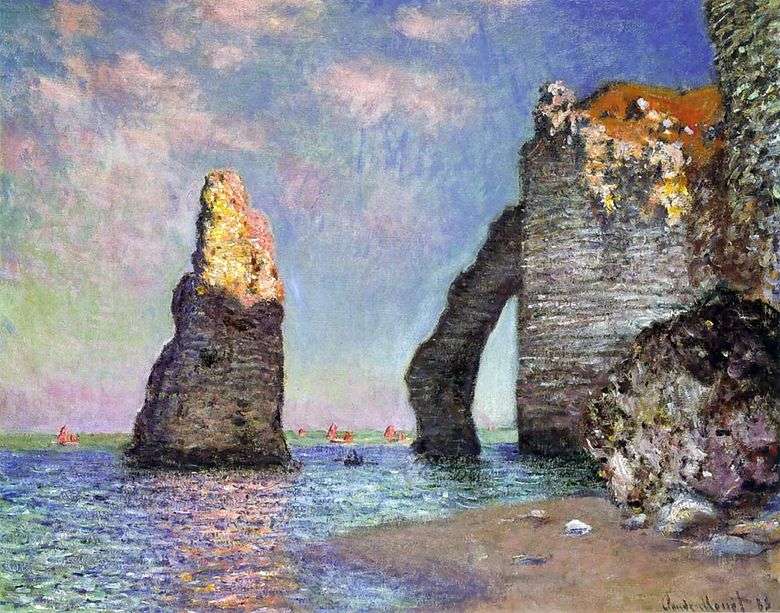 Aiguille y Port d’Aval – Claude Monet
Aiguille y Port d’Aval – Claude Monet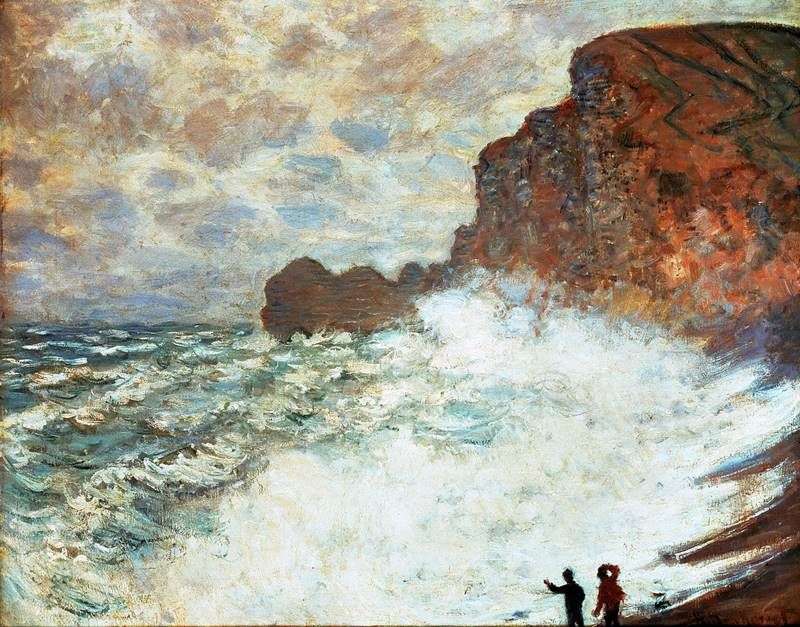 Windy day. Etretat by Claude Monet
Windy day. Etretat by Claude Monet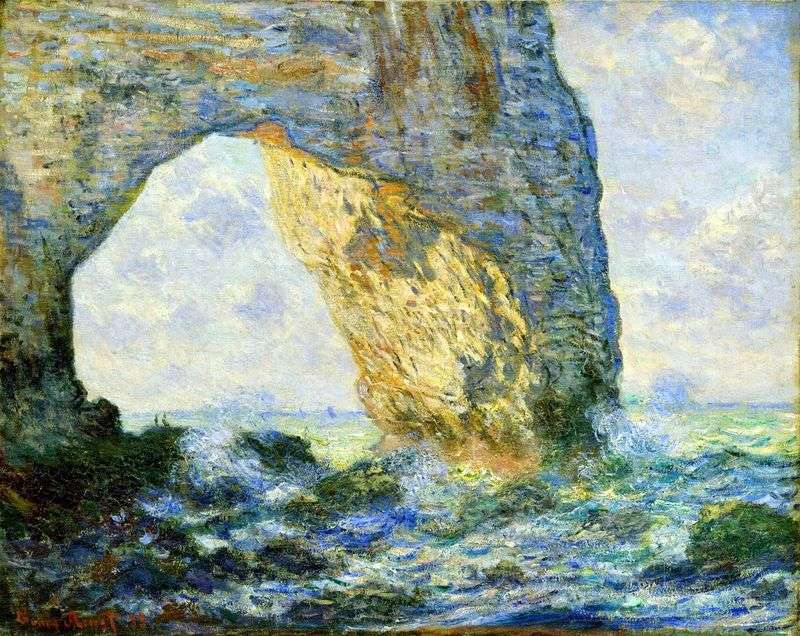 Mannport by Claude Monet
Mannport by Claude Monet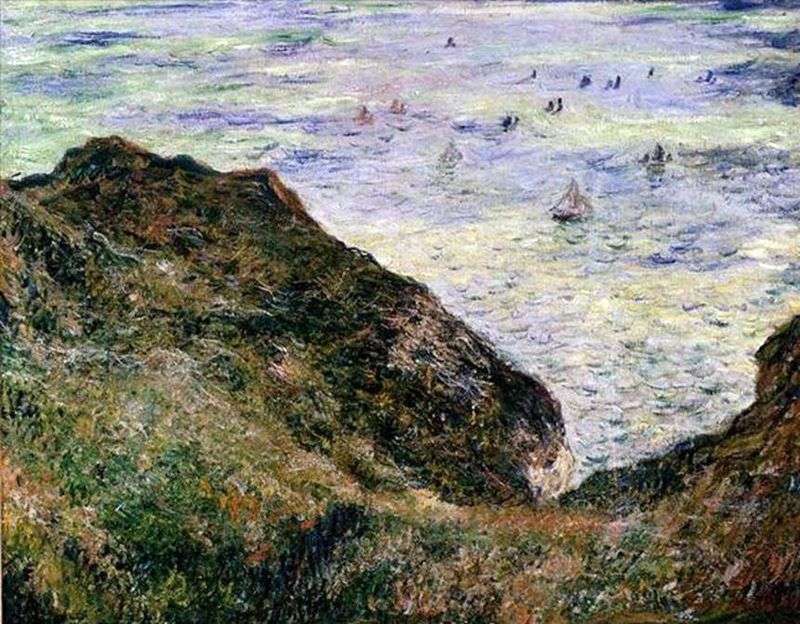 Sea View by Claude Monet
Sea View by Claude Monet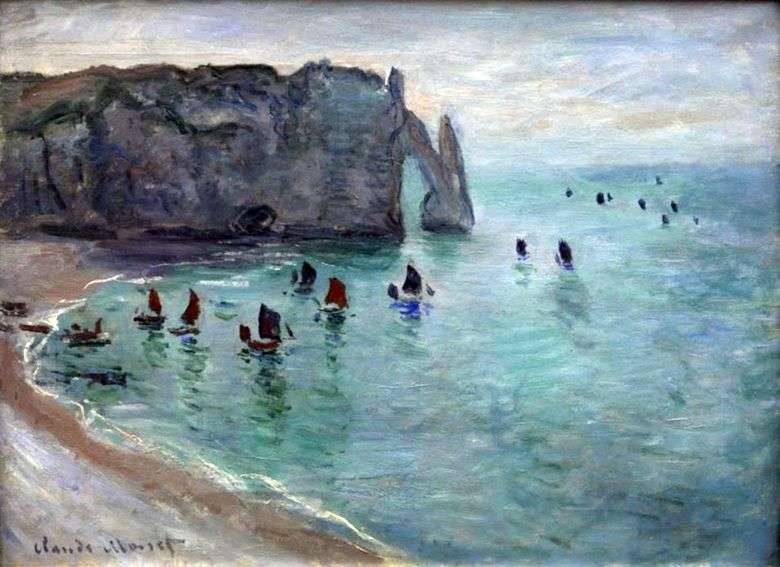 Etretat, Port D’Aval – Claude Monet
Etretat, Port D’Aval – Claude Monet